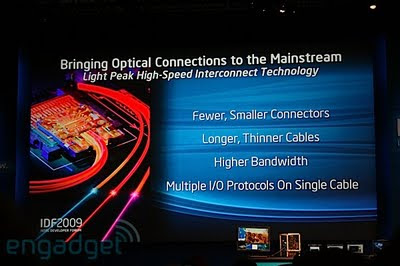Prime Minister Modi's Aatmanirbharta mission, which emphasizes self-reliance, is a crucial step for India's technological future. Recent developments in China offer valuable insights into both the challenges and potential rewards of domestic chip manufacturing.
China's Bold Move: Stepping Away from US Tech Giants
China recently implemented new guidelines phasing out Intel and AMD processors, along with Microsoft's Windows operating system, in favor of domestic alternatives for government computers. This move highlights China's commitment to reducing reliance on foreign technology, particularly from the US. {Source: https://www.reuters.com/world/china/china-blocks-use-intel-amd-chips-government-computers-ft-reports-2024-03-24/ }
A Cause for Celebration, But Not Without Reservations
While China's initiative deserves recognition, it's important to maintain perspective.
- Catching Up: While China boasts domestic alternatives, their performance might not yet fully match established players like Intel and AMD.
- The Long Game: China's plan acknowledges this and prioritizes continuous improvement. Their commitment to domestic production suggests a long-term strategy for achieving technological parity.
Lessons for India's Aatmanirbharta Journey
India's Aatmanirbharta mission can learn from China's example:
- Accelerated Efforts: Time is of the essence. Delays can hinder India's ability to compete in the global tech landscape.
- Investment and Collaboration: Building domestic chip manufacturing requires significant investment in research, development, and infrastructure. Collaboration will only maintain dependence somewhere. Lesson to learn is let's be prepared if we fail...lets bear some R&D investments if they go down the drain...lets build our own technologies...lets wait before we announce the year 2047 as envisioning to be a developed nation...let there be some delay...but lets have a nation purely built on its own expertise and own technologies....alas we postpone 2047 later...We have the time...we have the brains...we have the economy....
India's Opportunity: Seize the Moment
By learning from China's approach and expediting its own efforts, India can leverage Aatmanirbharta to establish itself as a major player in the global chip market. This will not only ensure technological self-reliance but also empower the nation's future economic growth....remember our mission is 28nm in 2026....way far from targets of 2047
 https://orcid.org/0000-0002-9097-2246
https://orcid.org/0000-0002-9097-2246













